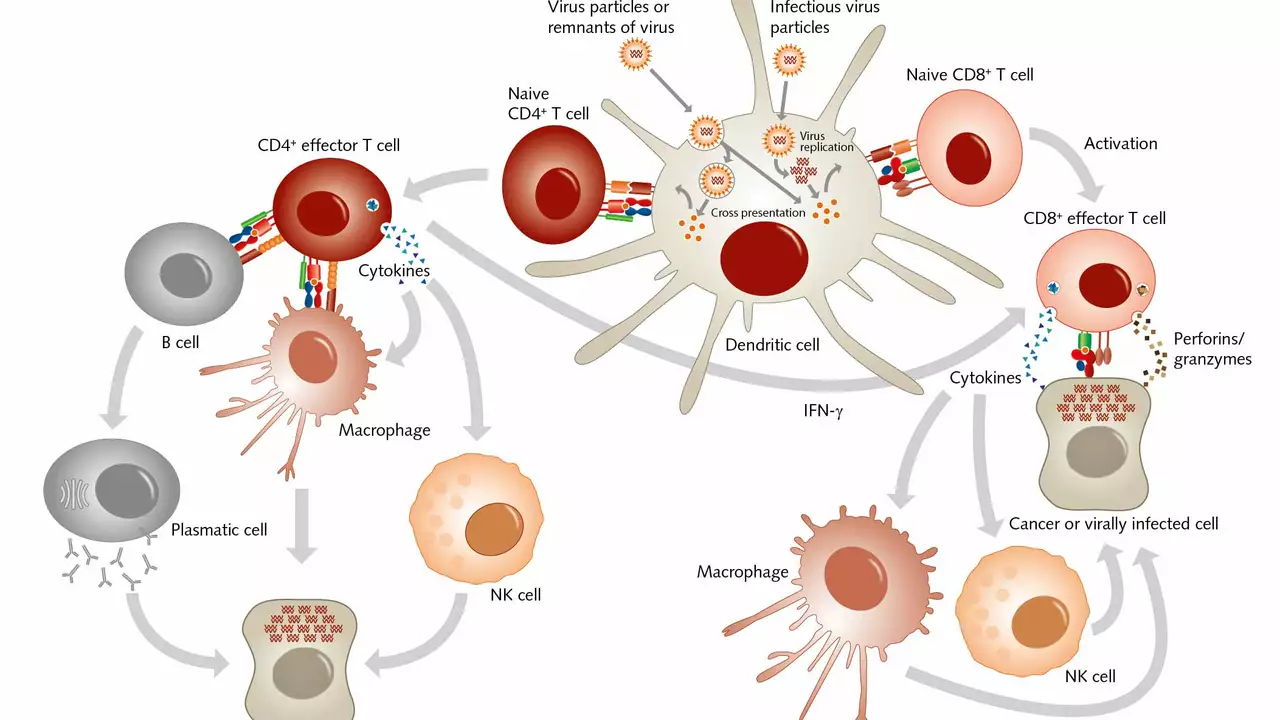Prevalence reduction: simple actions that cut disease rates
Want fewer sick days in your community? Prevalence reduction means lowering the total number of people who have a disease at a given time. That matters because fewer cases ease pressure on hospitals, reduce long-term complications, and limit spread to vulnerable people. You don’t need a lab coat to help—basic, well-planned steps make a big difference.
Improve access to safe treatment and meds
When people can get the right medicine quickly, illness clears faster and fewer people stay infectious. Use licensed pharmacies, verify prescriptions, and avoid counterfeit or dubious online sellers. Telehealth plus trusted pharmacy delivery can speed up care for things like chronic conditions and infections—just confirm the provider and pharmacy are legitimate before ordering. Medication adherence matters: finish full courses of antibiotics or antimalarials as directed to prevent relapses and resistance.
For some diseases, specific drugs lower relapse and transmission. For example, primaquine helps prevent relapsing malaria and reduces community cases when used correctly. For fungal bloodstream infections, reducing unnecessary central-line use and following hospital infection-control steps cuts candidemia risk.
Stop spread with prevention, hygiene, and targeted programs
Prevention is the fastest path to lower prevalence. Vaccination campaigns that reach high coverage shrink the pool of susceptible people. For skin infections like ringworm, simple steps—clean shared items, keep skin dry, treat early—stop outbreaks in schools and gyms. Mosquito control, bed nets, and targeted antimalarial campaigns reduce malaria prevalence in high-risk areas.
Hospital and community programs also matter. Screening high-risk groups, isolating contagious cases when needed, and training staff on hygiene protocols reduce spread. Public messaging that’s clear and practical—how to wash hands properly, when to stay home, when to seek care—boosts community compliance.
Antimicrobial stewardship lowers resistance, which protects treatment options. That means clinicians prescribe antibiotics only when needed, choose the right drug and dose, and patients follow instructions. Overuse and wrong use of antibiotics or antifungals let resistant strains grow and raise prevalence of hard-to-treat infections.
Here’s a short checklist you can use today: seek care from licensed providers, verify online pharmacies, complete prescribed courses, keep shared spaces clean, follow vaccination schedules, support screening programs, and avoid pressure to use antibiotics for viral illnesses. Small actions across many people add up fast.
If you’re organizing care or running a clinic, measure results: track case counts, treatment completion, and outbreaks. Use that data to fix weak spots—maybe access is the bottleneck, or patient follow-up is poor. Fixing one gap often cuts prevalence noticeably.
Want resources? Look for local public health guidance, trusted pharmacy reviews, and clinical guidelines for specific diseases. When communities, clinicians, and patients act together, prevalence drops—and everyday life gets healthier and simpler.

The role of education in reducing the prevalence of worm infections
- by Colin Edward Egan
- on 1 Aug 2023
Hey there, fellow knowledge seekers! Let's dive into the exciting world of education and...worm infections! Sounds like a party, right? Well, it might not be the typical party topic, but education plays a star role in reducing these unpleasant little parasites. Knowledge really is power, folks! By educating ourselves and others about preventive measures, proper sanitation, and good hygiene, we can kick these worms to the curb. Who knew that hitting the books could also mean hitting back at worm infections? So, let's keep learning and keep those pesky parasites away!
